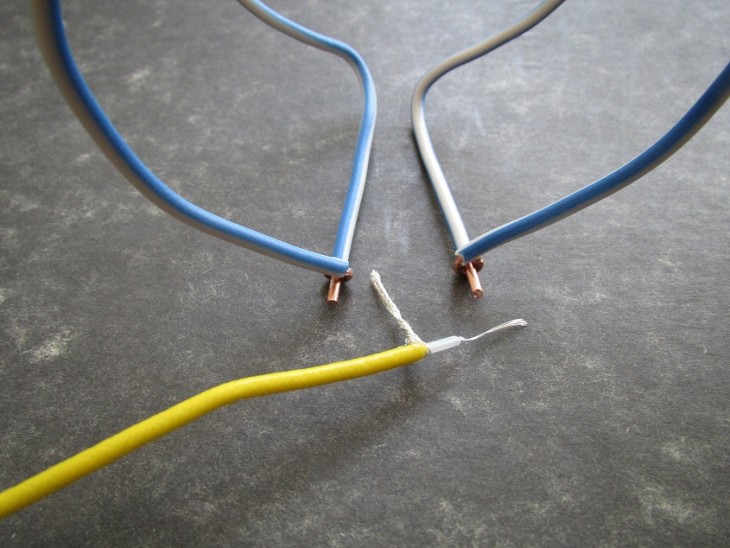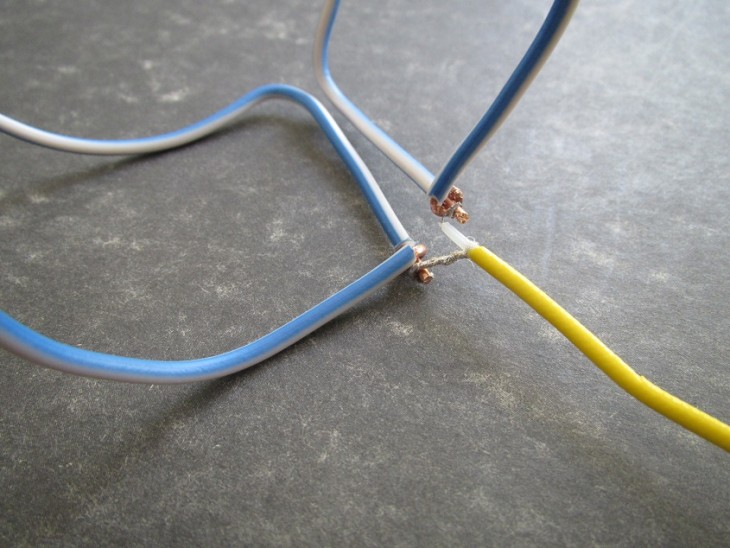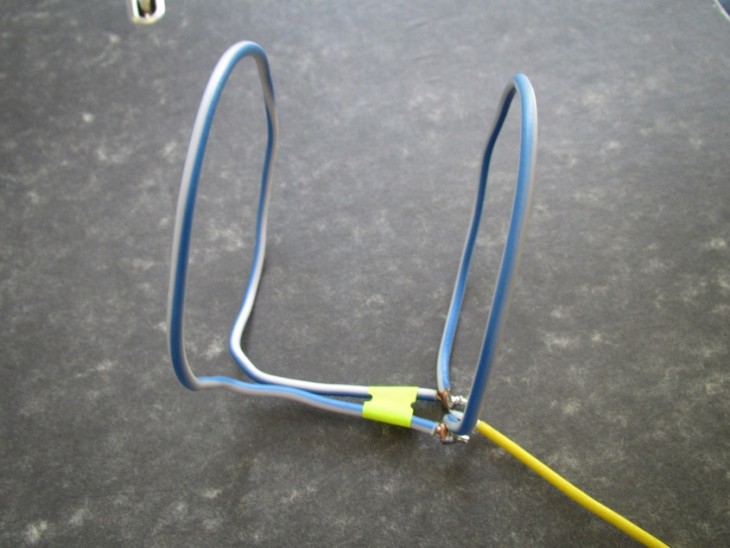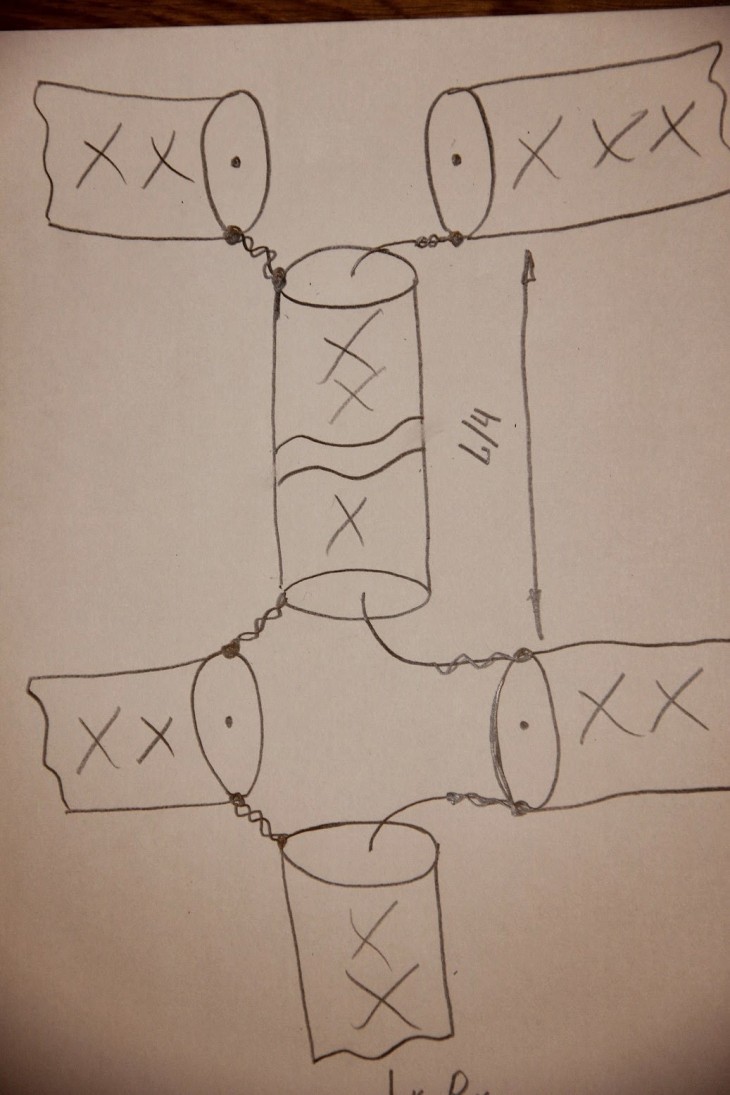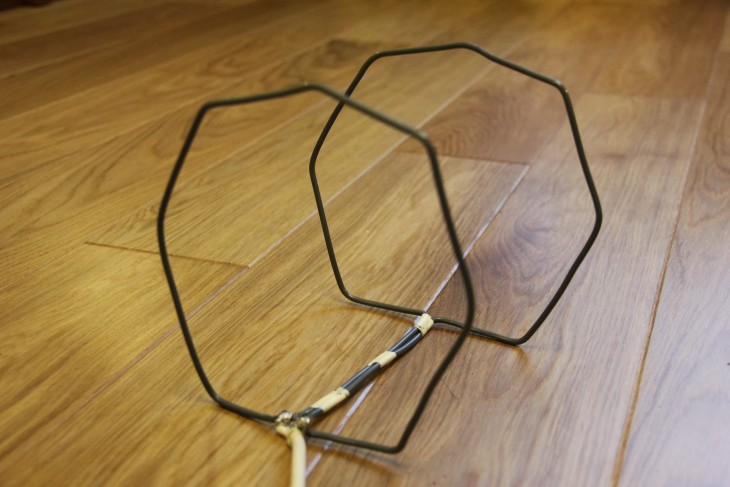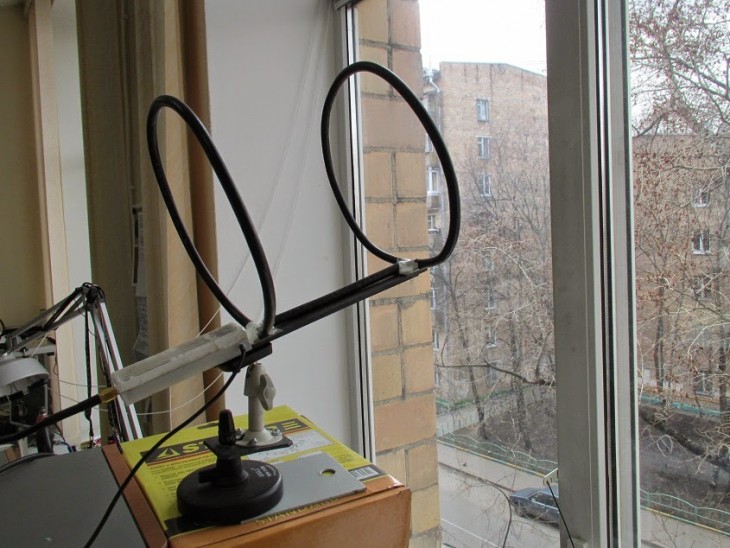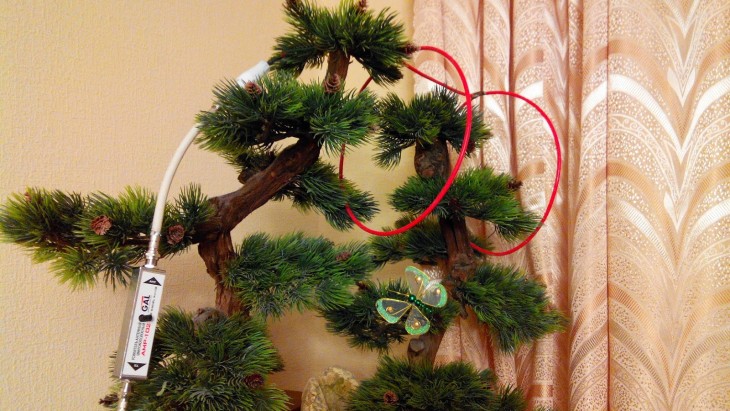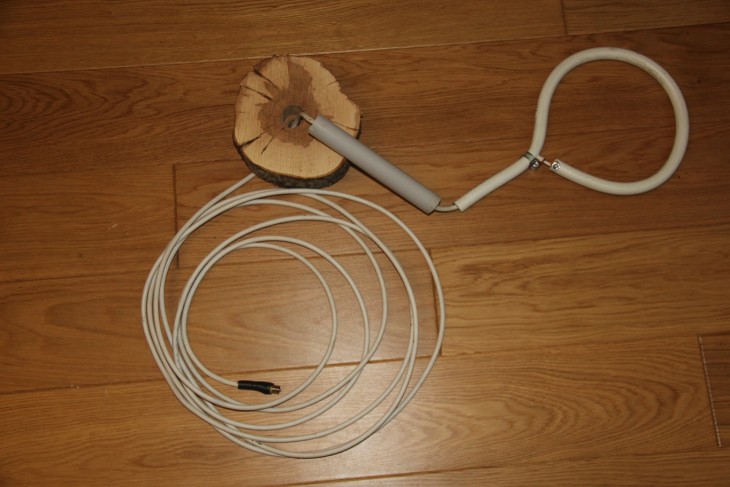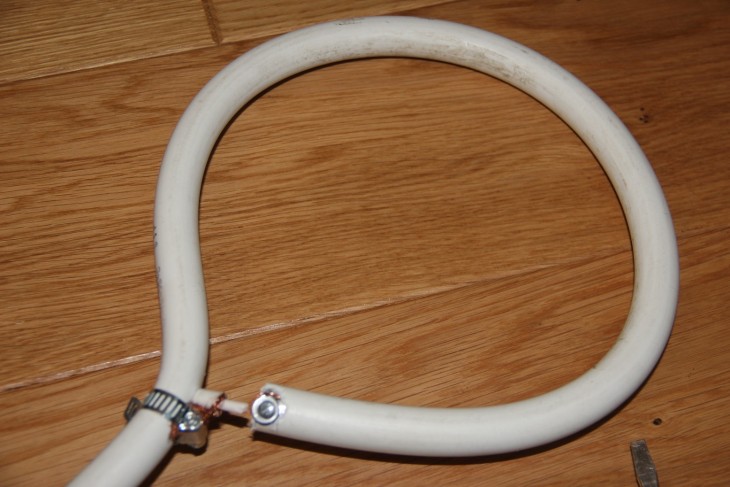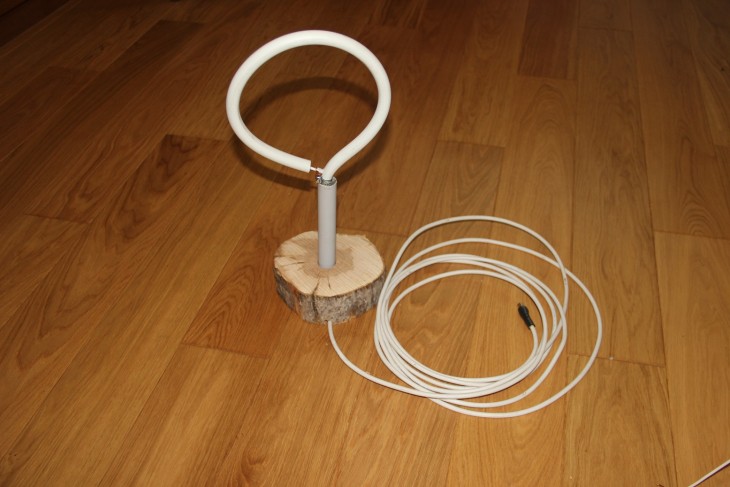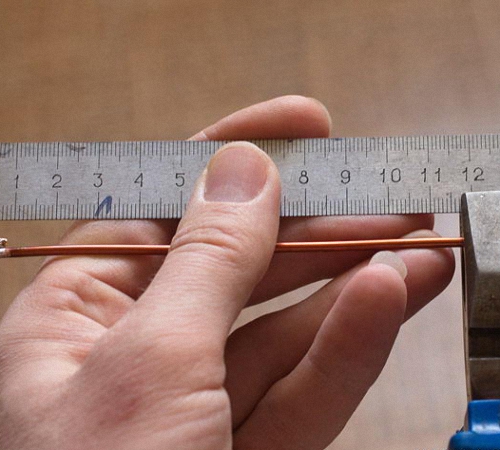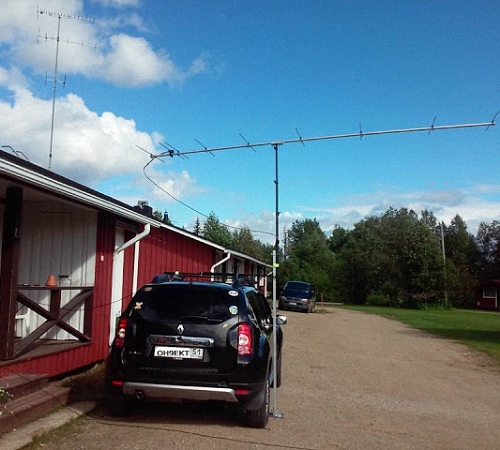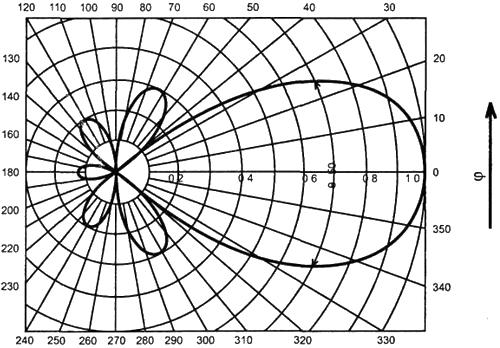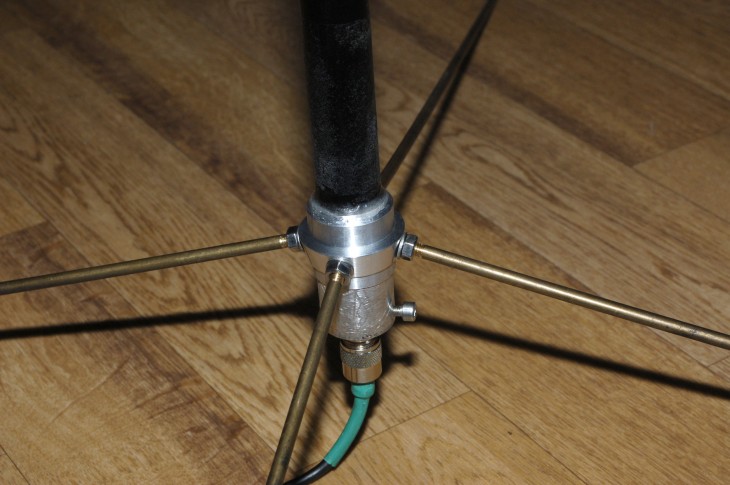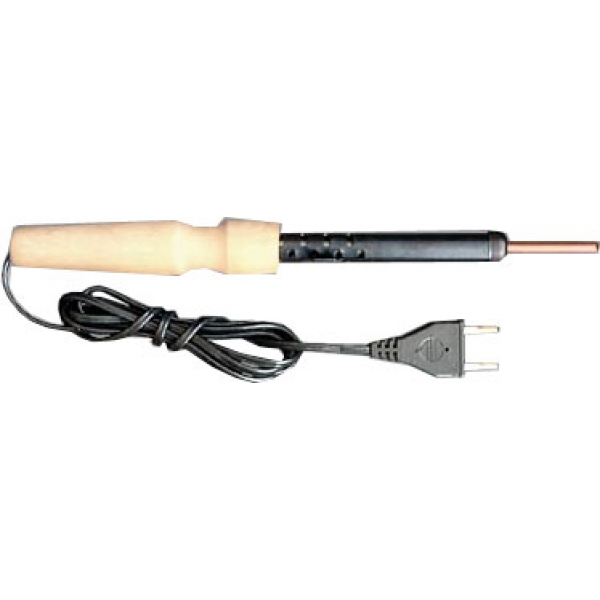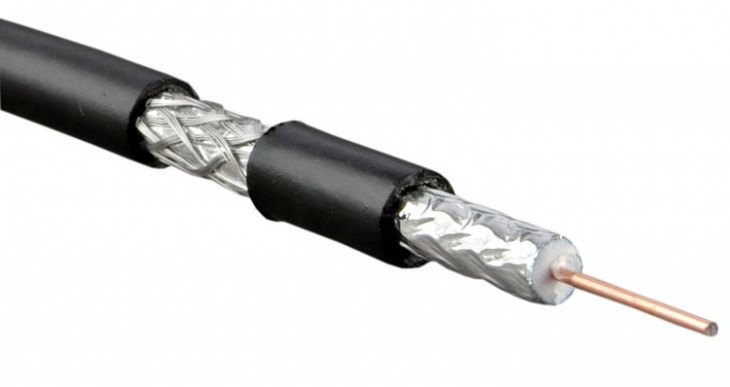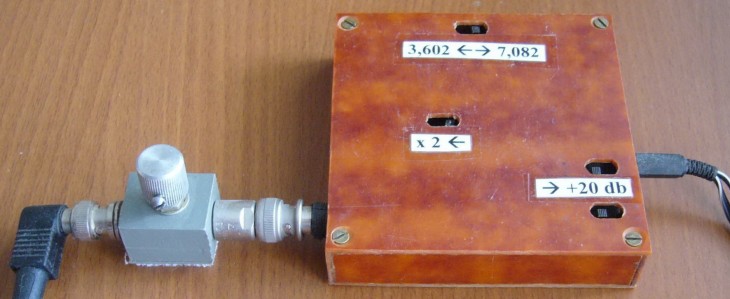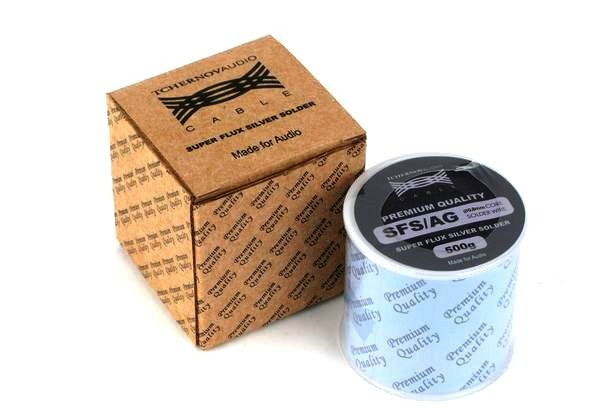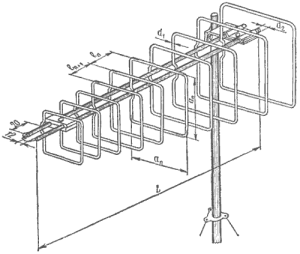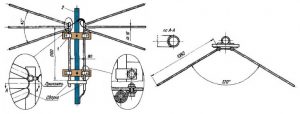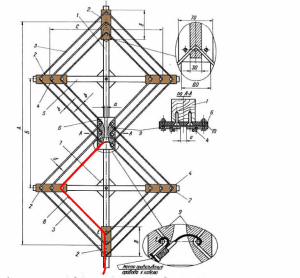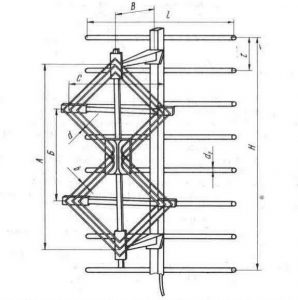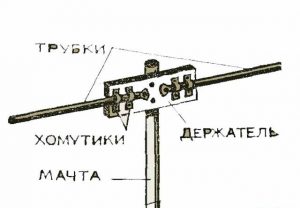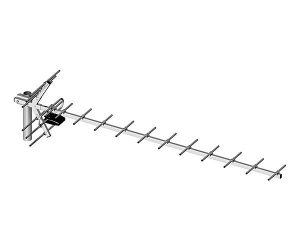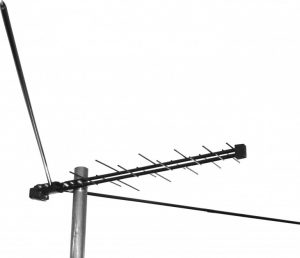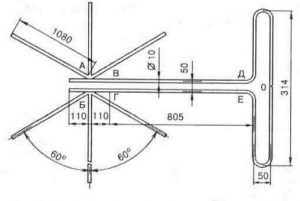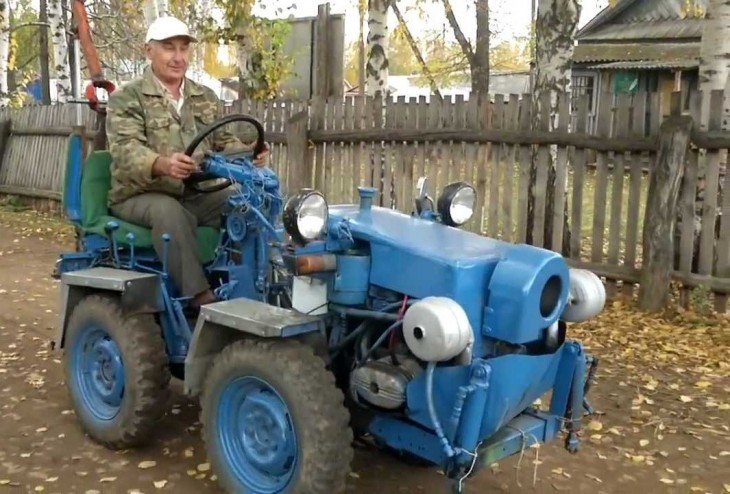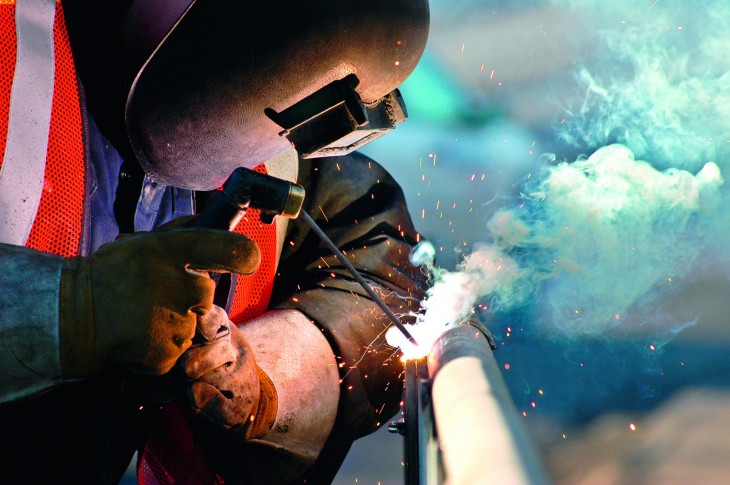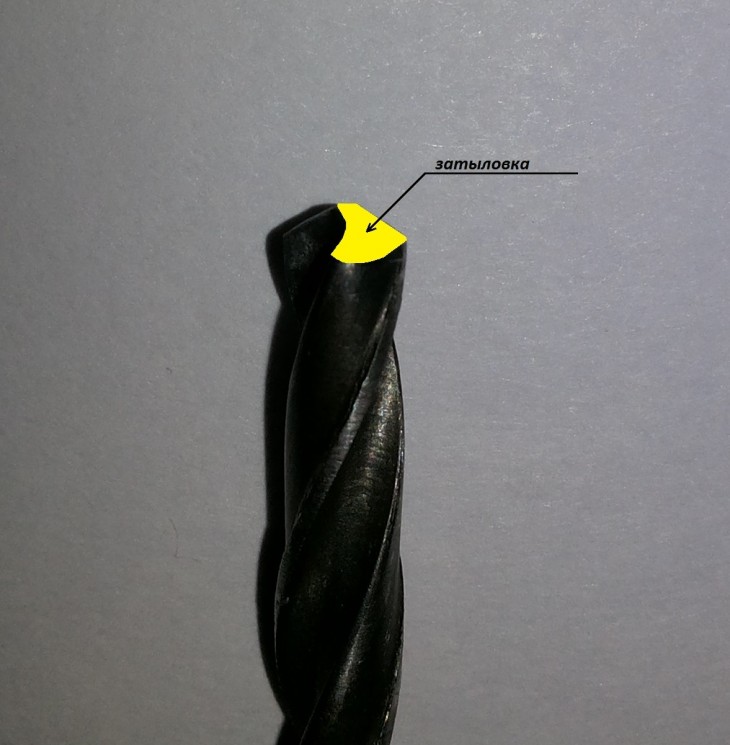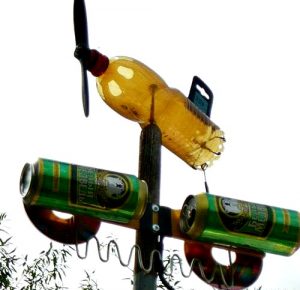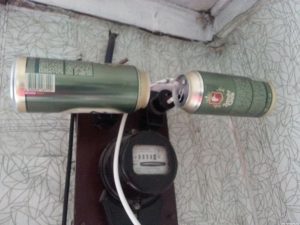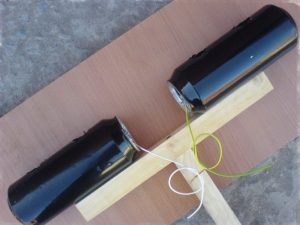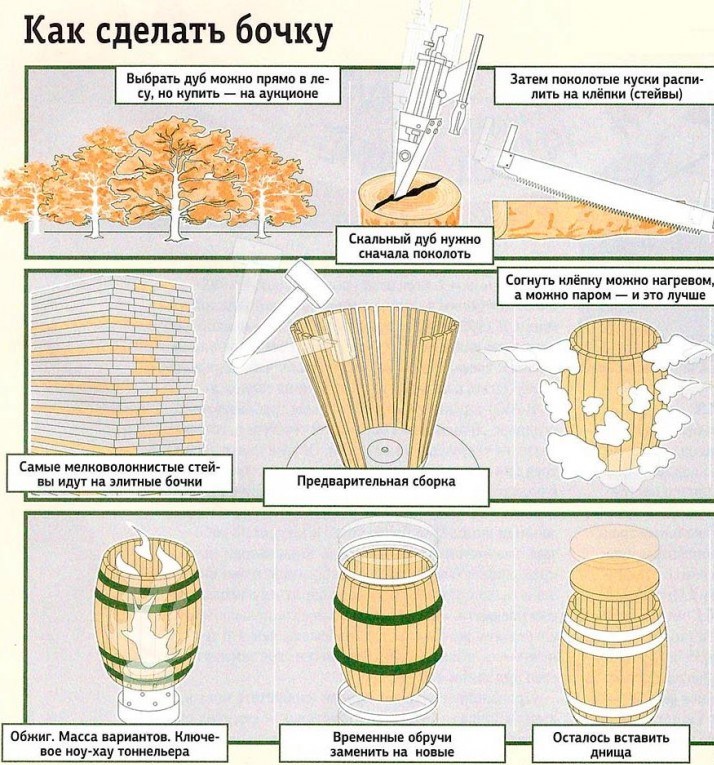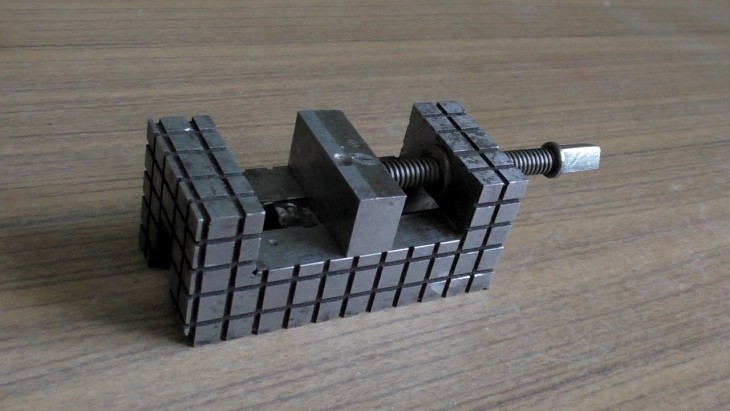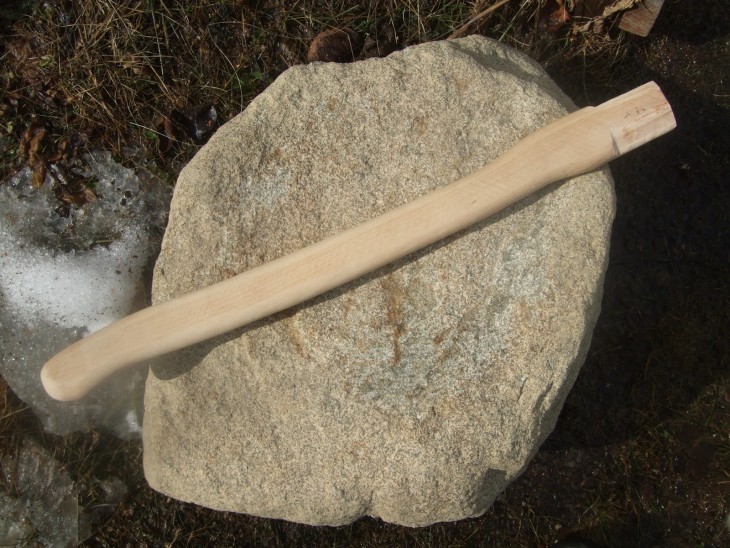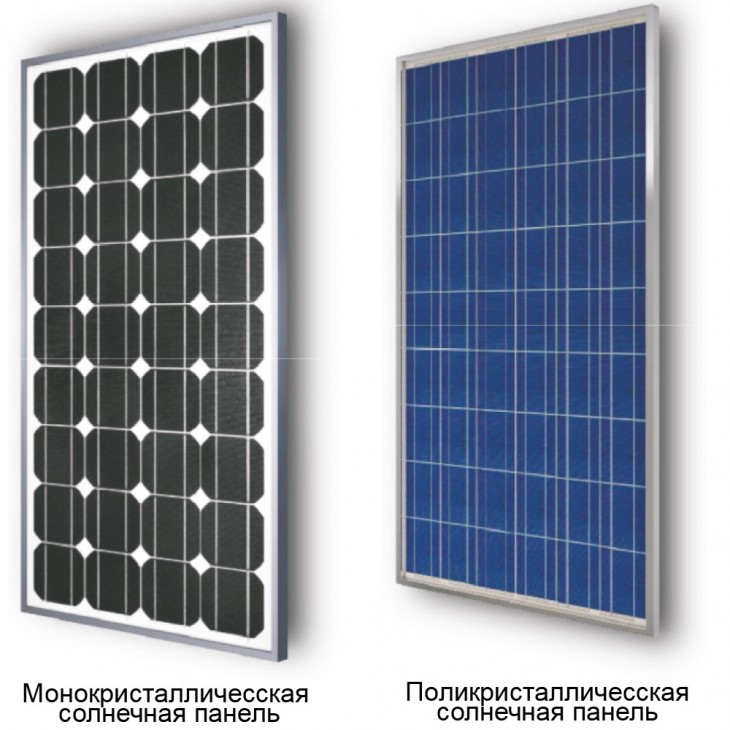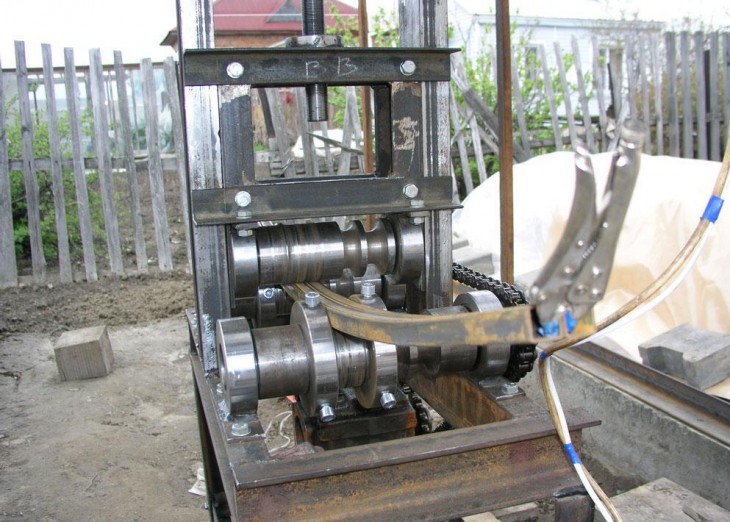A homemade television antenna is tuned to receive broadcast signals no worse than purchased. However, it is distinguished by great quality and economy.

Each craftsman will be able to make such a device from improvised materials and install it in a suitable place.

Review Content:
Briefly about modern antennas
Modern receivers operate in the UHF range and are characterized by a high level of signal propagation and the use of low-power sensors.
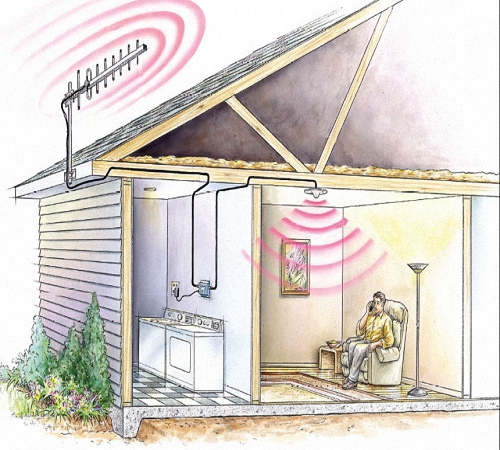
However, digital broadcasting is becoming the most popular, which has several advantages:
- Immunity to interference or other cable distortion;
- High clarity and sharpness of the image;
- The ability to select the most interesting channels.
- The simplicity of the design, allowing to make such equipment at home and with the help of improvised materials.
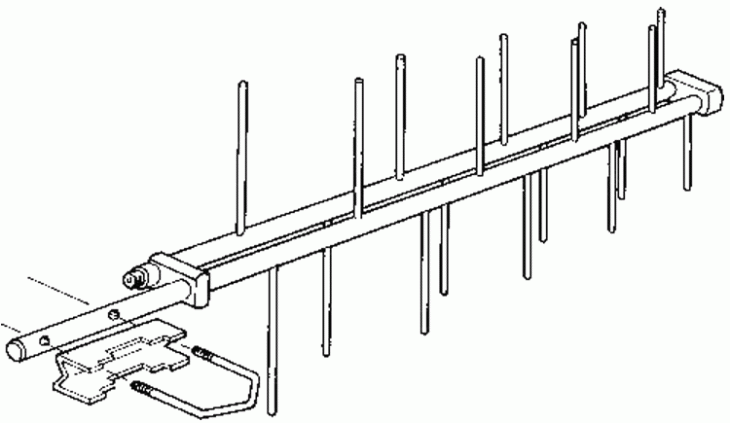
Types of antennas
There are a large number of antenna device options, each of which has its own advantages and disadvantages. Before proceeding with the manufacture of the receiver, it is necessary to determine the type of model: all-wave, speech therapy, or zigzag.

You can make an all-wave antenna in an hour and from cheap materials. It is frequency-independent and perfectly receives a signal in the city, and in settlements remote from powerful receivers it will be useless.
The speech therapy antenna is universal, but not rich in a large number of received channels.
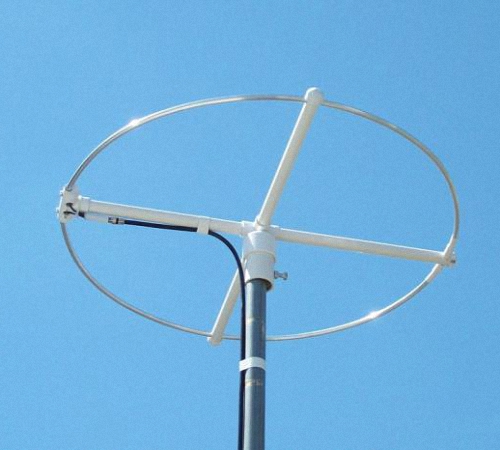
Uncomplicated design and average performance ensure stable reception.
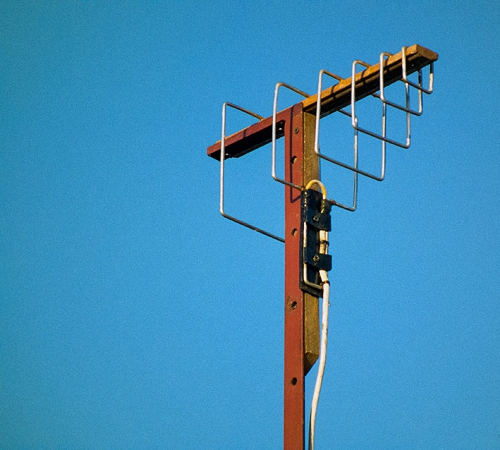
The antenna in the form of the letter "Z" will require a large amount of time and materials, which pays off with a wide reception range.
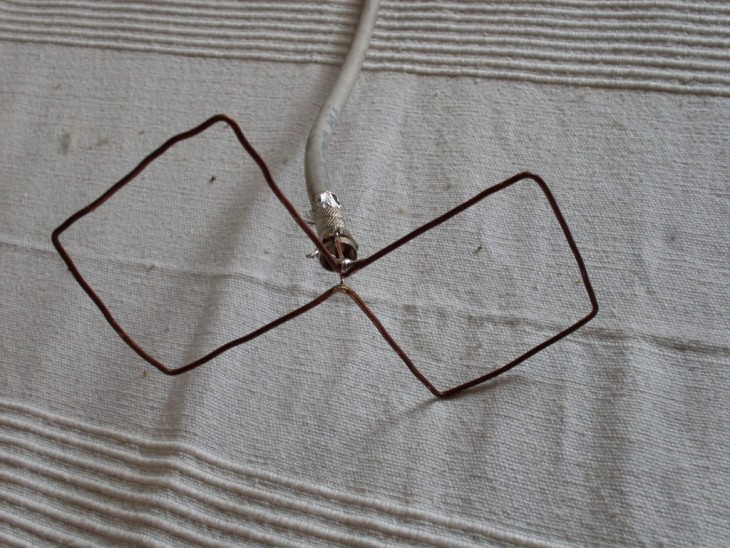
The necessary level of training
Despite the simplicity of most antennas, it still requires sufficient experience, orientation in higher mathematics and electrodynamics. This knowledge will help to better understand the diagrams and drawings and understand all the terms used.
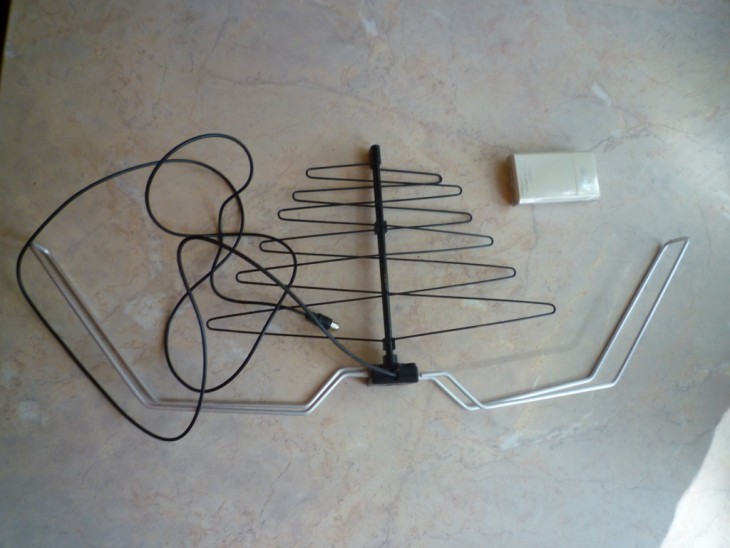
However, unprepared, but purposeful needlewomen have chances to assemble a high-quality digital antenna.
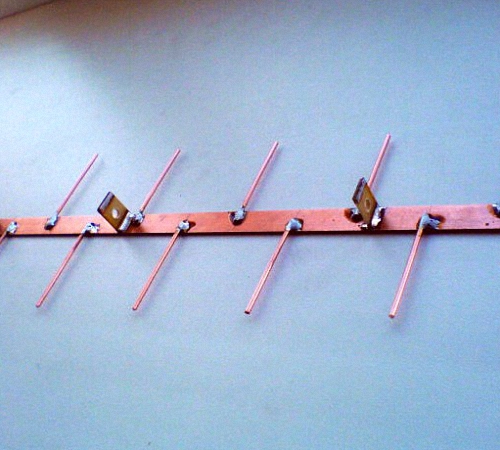
First of all, you need to familiarize yourself with the photo of the device antennas and the basic terms that are found in the instructions:
- "KU" - designation of the power of the device, indicating the ratio of the received signal to its main "petal";
- "KND" - the coefficient of proportion of the area of the body circle of the antenna to the level of inclination of the angle of all the petals of the device;
- "KZD" - correlation of the signal received on the main leaflet and the total power of the device.
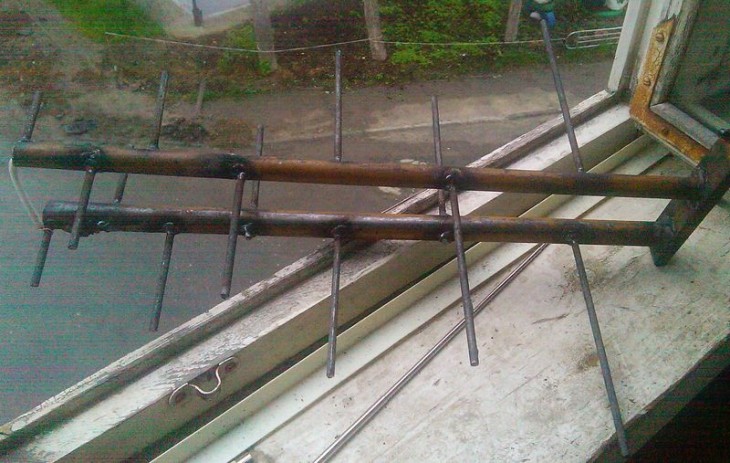
The following points should also be considered:
- The power of a band antenna depends on the level of the wanted signal.
- These characteristics are not always interrelated, which requires special attention when setting up equipment.
- Each element of the device is reliably welded or welded to the adjacent one.
- Street nodes are thoroughly fixed with all kinds of mounts.
- In places of zero potential, it is mandatory to use solid bent metal.
- A copper or other corrosion resistant coaxial cable is most often used as a central rod.
- It is recommended to connect the elements with a 40 V soldering apparatus, while using light-alloy solders and flux paste.
- For an outdoor antenna, it is mandatory to establish high-quality protection of compounds from precipitation, temperature extremes and other negative environmental influences.
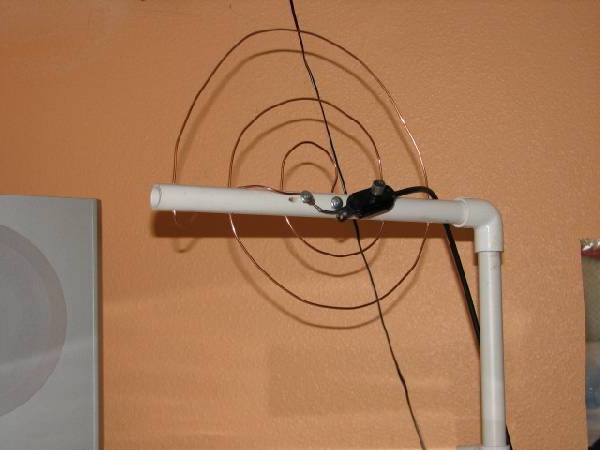
All-wave antenna circuit
To make an all-wave digital antenna, you will need 2 triangular metal plates or a square fiberglass with a reflective coating, as well as 2 wooden slats with a cross section of 2-3 cm and a wire.

The following algorithm should be followed:
- Prepare all the necessary materials and tools, including a soldering or welding machine, wire, ruler, meter, pliers, safety glasses, rope, scissors.
- Place the plates at an angle of 90 degrees so that the width of the device is equal to the height.
- Secure with a soldering iron.
- Attach the cable to the point of zero potential, but do not solder, but bind.
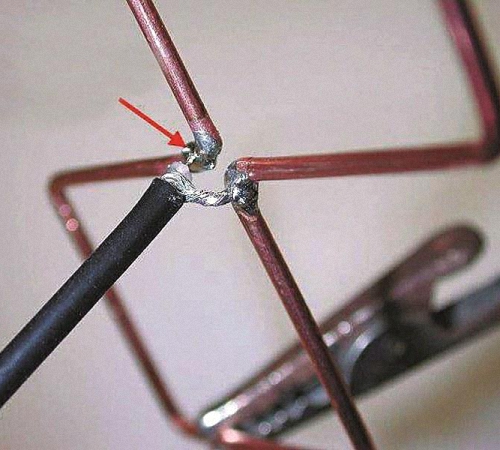
Beer can antenna
Beer or soda cans have a good digital TV signal reception, which makes them excellent material for a homemade antenna.
Note!

This material is used to increase the diameter of the shoulders on a linear vibrator, which enhances the signal quality and allows direct connection to the cable.
Old antenna optimization
To receive a better digital signal, you can upgrade the analog television antenna and make a T2 receiver out of it. The main requirement will be strict adherence to all equipment sizes: the outer side of the square is 14 cm, the inside is 13 cm, the gap is 2 cm and the wire is 115 cm long. Next, all elements are cleaned, soldered and connected to the television cable.
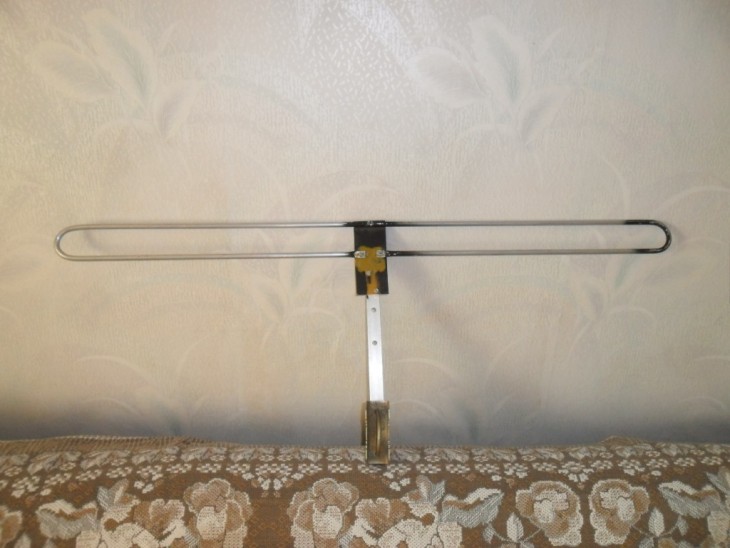
Having understood the principle of operation of the antenna, you can experiment with its design, tuning in to new channels and improving the quality of those already adopted.
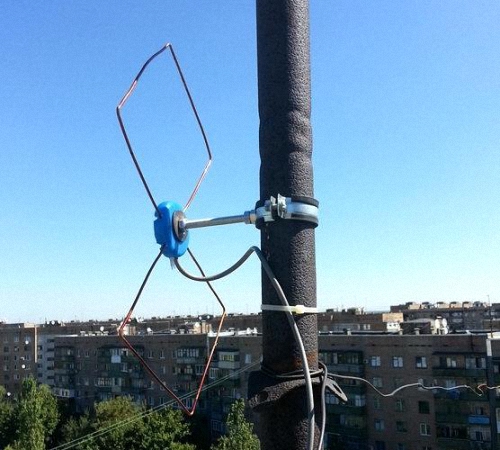
You can use any materials at hand, for example, a box from under laser discs is useful for making an antenna for a modem.
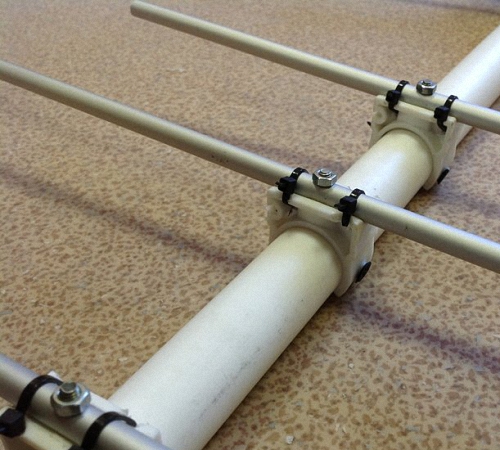
DIY antenna photo

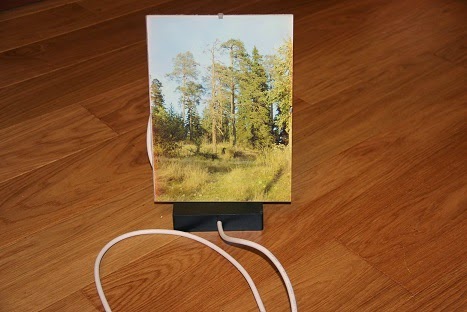
Note!
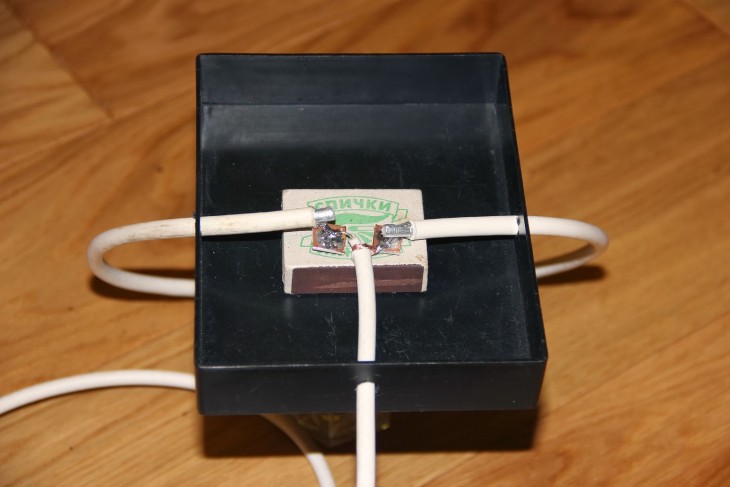
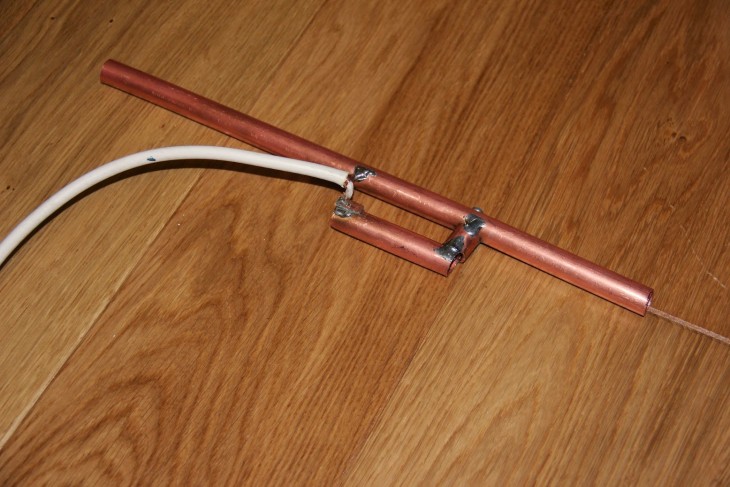
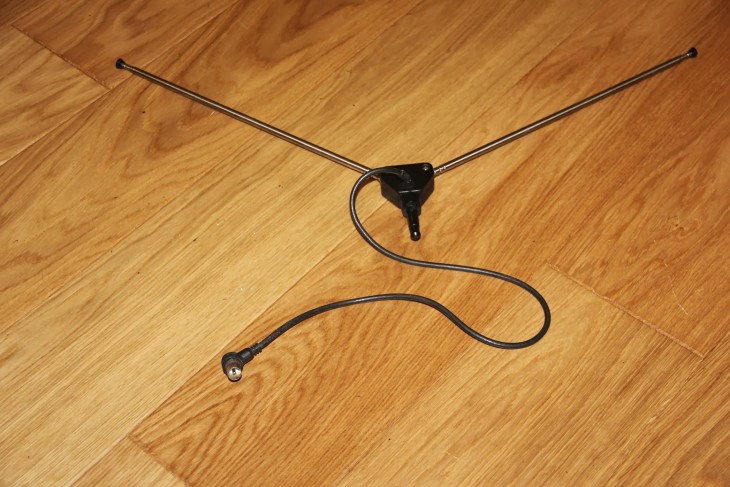
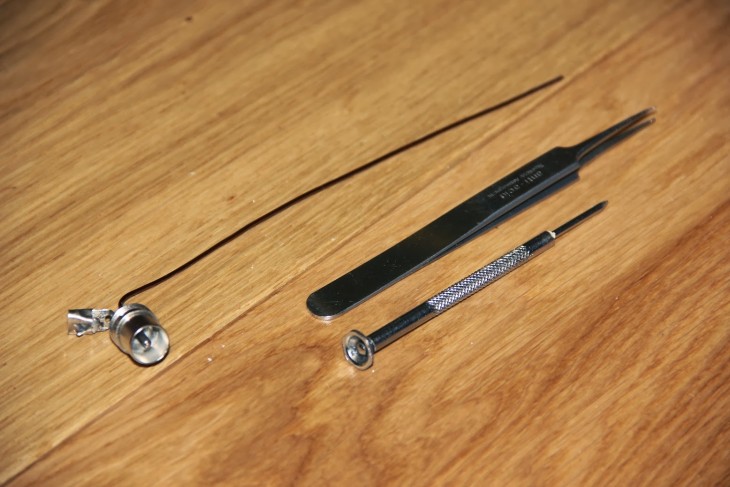
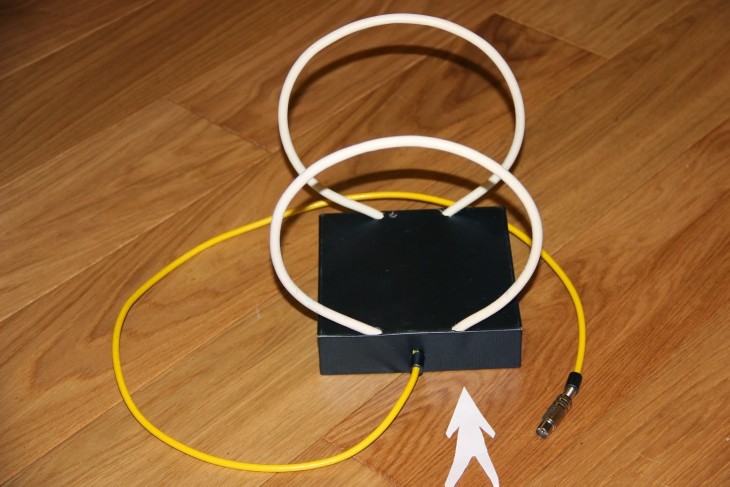
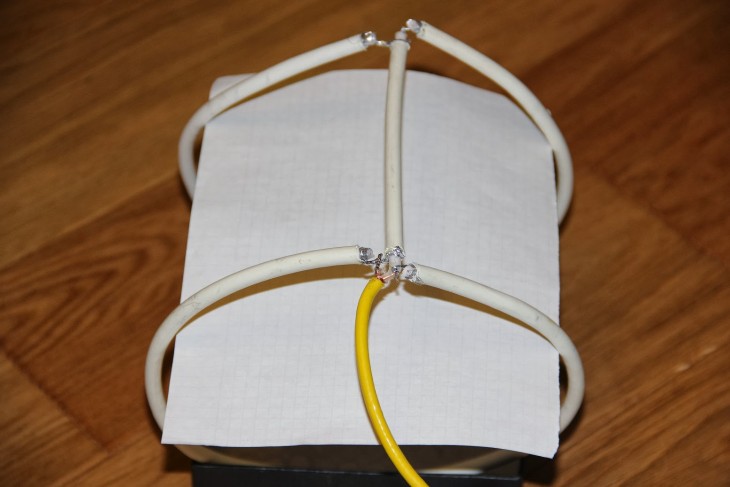

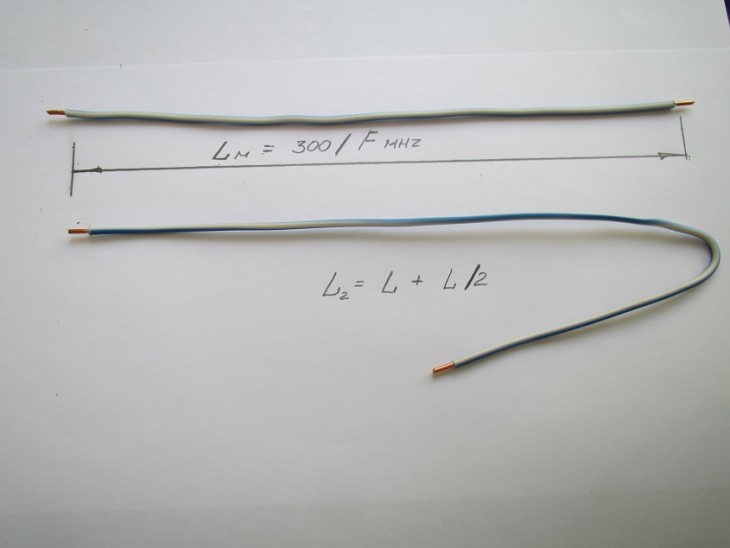
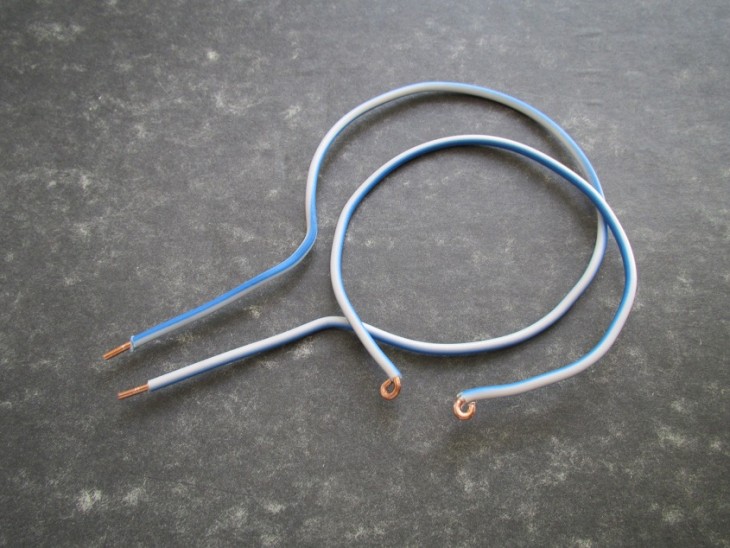
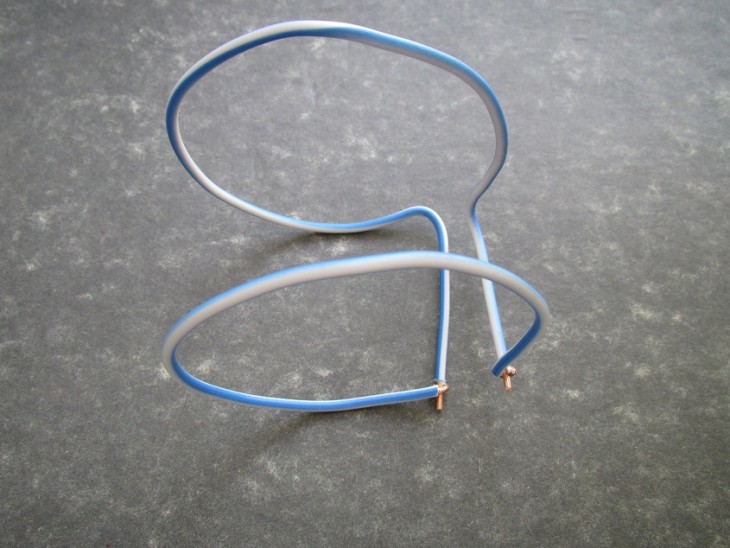
Note!

